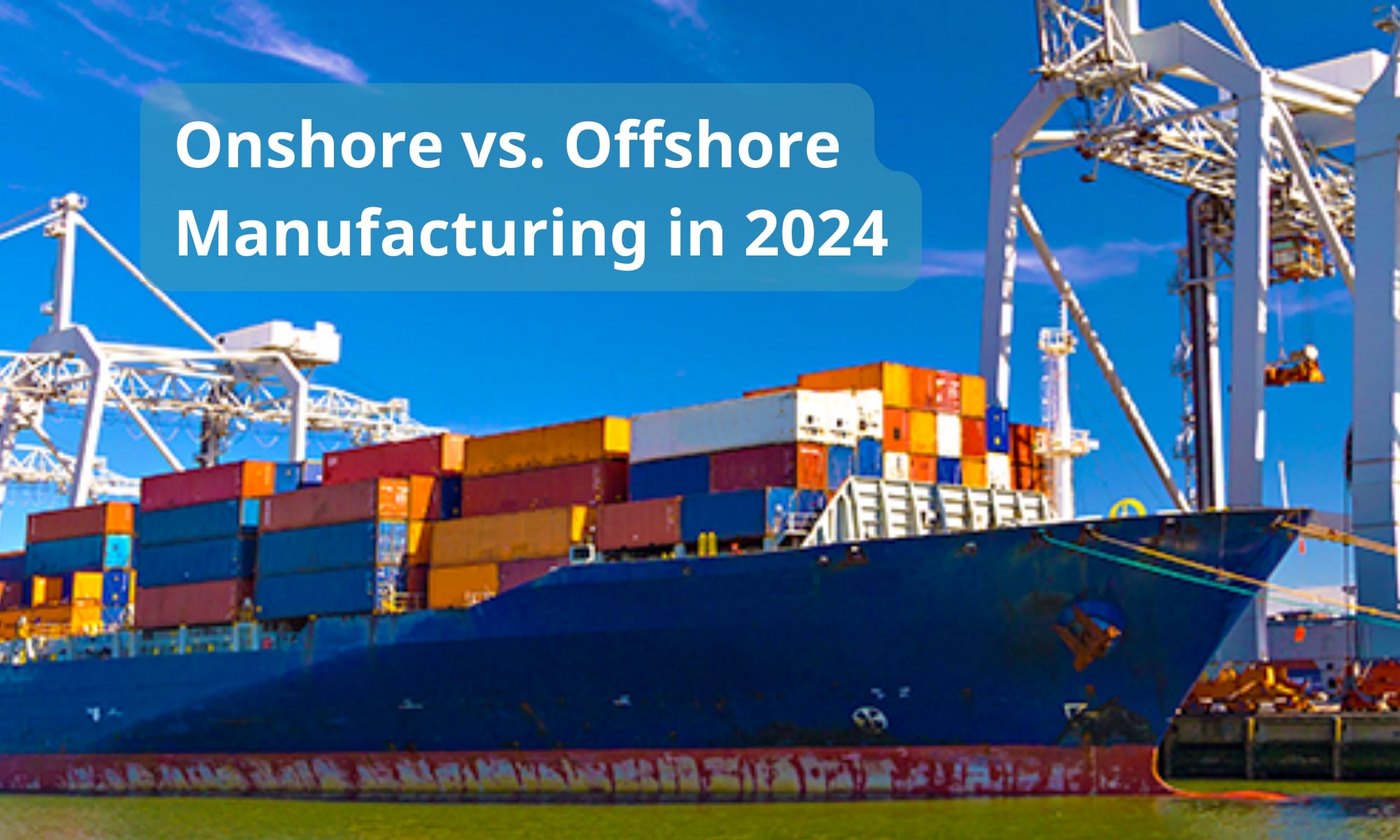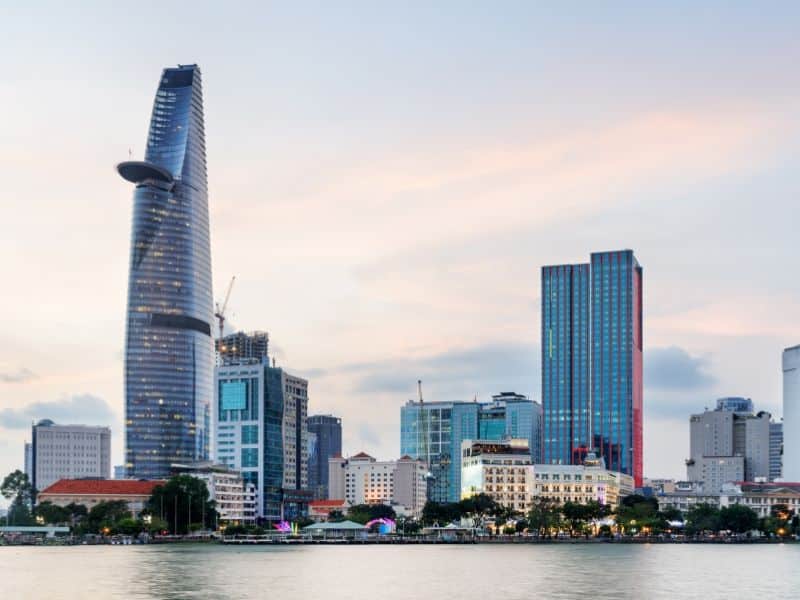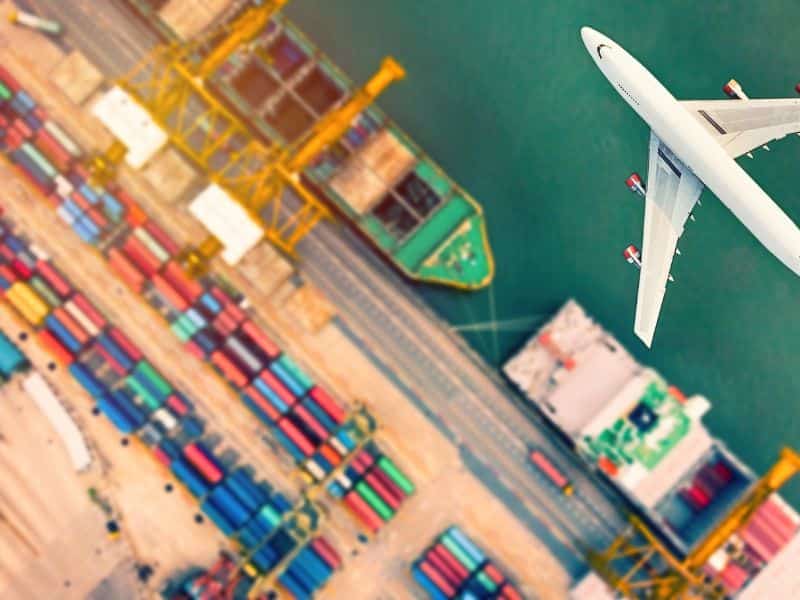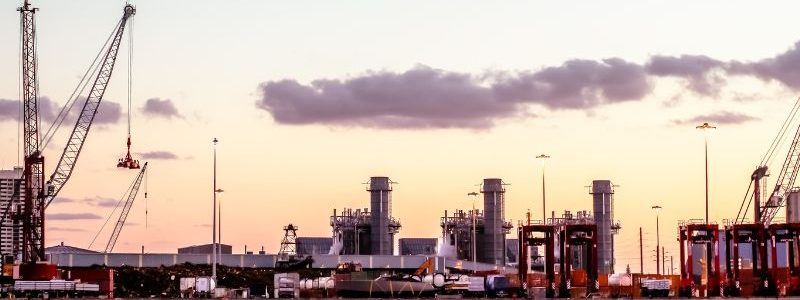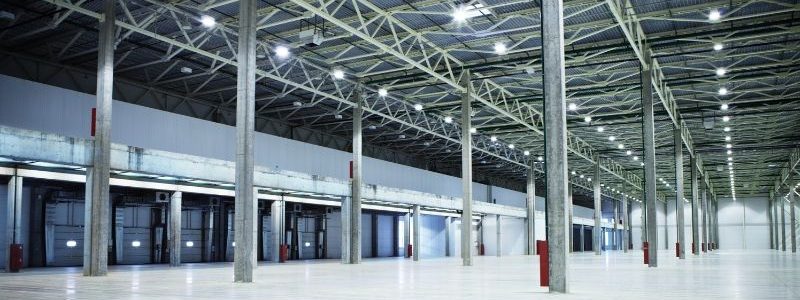The demand for storage has risen significantly in the past decade, chiefly owing to the fast growth of E-commerce. While they have been around for a long time and are used in many sectors, current technology has enabled many new companies to utilize a guide to logistics and warehousing to enhance their operations and supply chains. In this article, we’ll learn about a guide to logistics and warehousing, as well as the advantages they may provide, making them important components of the industry.
A Look at Vietnam’s E-commerce Industry
Vietnam’s E-commerce will grow by 16%, reaching a value of more than 14 billion USD. Whereas online commerce climbed by 46%, ride-hailing and technology-enabled food increased by 34%, online marketing, entertainment, and gaming increased by 18%, and the online travel industry decreased by 28%. The average growth rate in 2020-2025 will be 29%, with the size of E-commerce in the nation reaching USD 52 billion by 2025.
Amidst the mixture of opportunities and challenges, logistics is the bridging environment that promotes national and local socio-economic growth. When products are transported throughout the nation, logistics and warehousing play a critical role.
How Logistics growing in Vietnam
The entire process of controlling how resources are obtained, stored, and delivered to their ultimate destination is referred to as logistics, which also manages parts like identifying and evaluating the efficacy and accessibility of potential distributors and suppliers.
The epidemic has driven businesses of all sizes, from luxury brands to small businesses, to implement a digital strategy as quickly as possible to attract customers despite societal barriers. As online sales become a more crucial income channel for brands and merchants, E-commerce platforms must adapt and collaborate to implement new retail tactics to attract consumers.
Vietnam has one of the top three E-commerce growth rates in the ASEAN area. With the economy’s rapid development rate, E-commerce plays a vital role in encouraging the flow of products and services, assisting companies, especially small and medium-sized enterprises, to discover effective production and commercial possibilities within the backdrop of profound integration and the development of the Fourth Industrial Revolution.
Warehousing in Vietnam
The practice of keeping physical goods for sale or distribution is known as warehousing. Warehouses are used by a wide range of companies that need to keep goods in bulk before transporting them to other locations or individually to end-users.
Many E-commerce companies, for example, may buy goods in bulk from their suppliers, who then send them to their warehouse for storage. When a client orders from the E-commerce site, the company—or its third-party fulfilment provider—picks and packs the goods from the warehouse and delivers them straight to the customer.
E-commerce has fueled tremendous development in logistics, as well as the warehousing sector. In reality, the market has more than quadrupled in the past decade as companies across the globe have invested significantly in their supply chains to get products to consumers and businesses quicker and more effectively.
Logistics and Warehousing are Expanding at a Rapid Pace
Logistics is one of Vietnam’s fastest-growing industries, with growth that may exceed GDP. The country’s import-export receipts were close to US $390 billion in the first three quarters of 2020. This marks an increase of 1.8 percent over the same time last year, according to the General Statistics Office. By 2025, the Vietnamese government wants to achieve yearly growth of over 20%.
- Manufacturing industry expansion
Vietnam has emerged as ASEAN’s major industrial centre during the last two decades. Because the nation aspires to be an export-driven economy, it must import raw materials before exporting completed products.
The increased flow of products into and out of Vietnam has required additional growth in the country’s logistics industry. Vietnam’s involvement in several free trade agreements (FTAs) has aided its industrial development.
- Manufacturers are branching out from China
The trade war between the United States and China, as well as the epidemic, have compelled businesses to diversify their supply chains and transportation networks. As a result, companies have relocated their operations from China to Vietnam during the past several years. This strategy is known as the “China plus one” strategy.
Vietnam has attracted a significant inflow of money for labour-intensive businesses due to its cheap labour costs. Therefore, the country’s assembly and manufacturing sectors have expanded significantly.
Logistics and Warehousing: Opportunities
The industry offers a wide variety of possibilities, including:
- Storage and distribution: There are opportunities to build warehouse infrastructure and distribution facilities. Existing storage infrastructure must be integrated with other logistic services, such as transportation, inventory management, cold chain, customs facilities, and warehouse management.
- Resources for learning: The country’s fast growth in this sector has raised the need for professional and experienced personnel. The industry needs sophisticated programs that are economically priced. Such programs may also be introduced at local institutions.
- Logistics under temperature control: The import and export of perishable goods, such as food and medicine, has increased the need for climate control.
- Last-mile delivery: Due to the fast growth of E-commerce in Vietnam, there are many possibilities in the delivery industry. Two-hour and one-day delivery services, for example, have a lot of promise since the country’s rising middle class can afford such value-added services.
High Prices and a Lack of Infrastructure are Major Impediments
Vietnam’s logistics and warehousing sectors continue to face excessive prices. Thailand, China, and Malaysia have greater costs by 6 to 12 percent. These high prices may have an impact on the competitiveness of the manufacturing sector, which imports raw materials and exports completed products.
In contrast, the Vietnamese government has been making intentional efforts to reduce emissions by improving its transportation infrastructure. These initiatives have resulted in a substantial reduction in this sector’s costs, from 25% to 16% of GDP during the past decade.
Due to poor infrastructure, several of the country’s seaports have limited capacity. To solve this issue, several seaports have begun charging fees for the usage of infrastructure and service facilities.
Conclusion
At the moment, not all logistics facilities are near ports or industrial centres. As a result, to ease the flow of products, new warehouses and distribution facilities will need to be located closer to key hubs, such as Hanoi, Hai Phong, Da Nang, Ho Chi Minh, etc.
As one of Savills’ premier industrial real estate offices, Savills Industrials Vietnam provides bespoke lease and investment advice to occupiers, developers, and investors. Savills Industrials’ mission is to offer reliable advice, investment help, and industrial consulting services.
Mr. John Campbell, Savills Industrial Manager, is leading the effort, having negotiated many leases, factory purchases, and sales and leasebacks. For customers across various disciplines, John and his dynamic team offer Landlord Advisory, Tenant Representation, Strategic Leasing, Investment Brokerage, and Sales & Leaseback.





